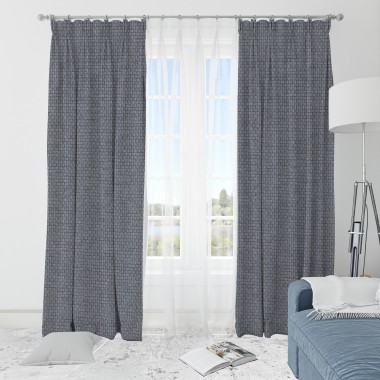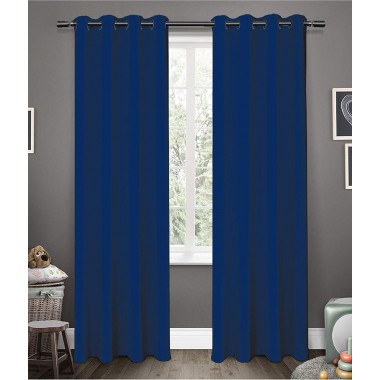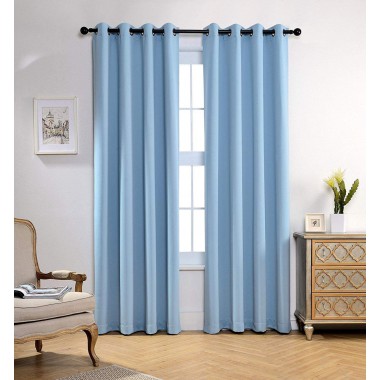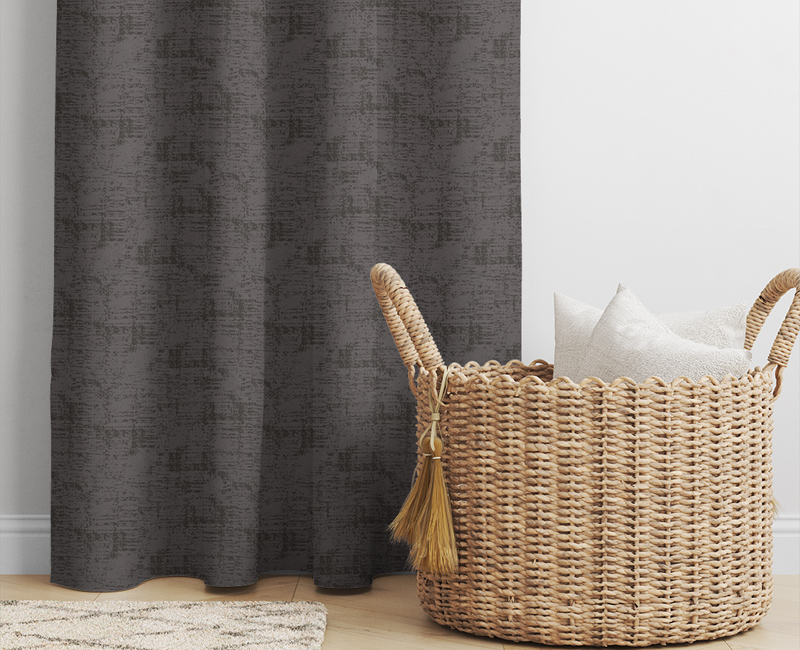Venetian Blinds & It's Benefits
.jpg)
Window blinds are a popular choice for window coverings due to their versatility, functionality, and aesthetic appeal. There are several types of window blinds available, each with its own unique features and benefits. Here are some common types of window blinds and their advantages:
Venetian Blinds: Venetian blinds consist of horizontal slats that can be tilted to control the amount of light entering the room. They are usually made of aluminum, wood, or PVC. Benefits of Venetian blinds include:
Light control: You can adjust the slats to regulate the amount of light and privacy in the room.
Versatility: Venetian blinds come in various sizes, colors, and materials, allowing you to match them to your interior decor.
Easy maintenance: They are relatively easy to clean and require minimal maintenance.
Vertical Blinds: Vertical blinds feature vertical slats that can be tilted or drawn to the side. They are often made of fabric, vinyl, or PVC. The advantages of vertical blinds include:
Light control and privacy: Similar to Venetian blinds, vertical blinds offer excellent light control and privacy options.
Ideal for wide windows and sliding doors: Their vertical orientation makes them suitable for wide windows and sliding glass doors.
Easy operation: Vertical blinds can be easily drawn to the side, providing full access to the window.
Roller Blinds: Roller blinds consist of a single piece of fabric that can be rolled up or down using a chain or spring mechanism. Some benefits of roller blinds are:
Sleek and minimalist design: They offer a clean and contemporary look, suitable for various interior styles.
Light filtering and blackout options: Roller blinds are available in different fabrics, including light-filtering and blackout options, allowing you to control the amount of light entering the room.
Space-saving: Roller blinds take up minimal space and do not obstruct the window when fully raised.
Roman Blinds: Roman blinds are made of fabric panels that fold neatly when raised. They offer a soft and elegant appearance and provide the following advantages:
Versatile design options: Roman blinds are available in a wide range of fabrics, patterns, and textures, making them highly customizable.
Enhanced insulation: The fabric layers in Roman blinds can provide additional insulation, helping to regulate room temperature.
Diffused light: When partially raised, Roman blinds can create a gentle filtering effect, diffusing the incoming light.
Pleated Blinds: Pleated blinds feature a concertina-style design with crisp pleats when raised. They are commonly made from fabric or paper-like materials. The benefits of pleated blinds include:
Versatile light control: Pleated blinds can be adjusted to let in varying amounts of light while still maintaining privacy.
Energy efficiency: The pleated structure of these blinds can help trap air, improving insulation and energy efficiency in the room.
Compact and unobtrusive: When fully raised, pleated blinds occupy minimal space, providing an uncluttered look.
These are just a few examples of the different types of window blinds available in the market. Consider your specific needs, such as light control, privacy, aesthetics, and ease of maintenance, when choosing the most suitable blinds for your windows.










